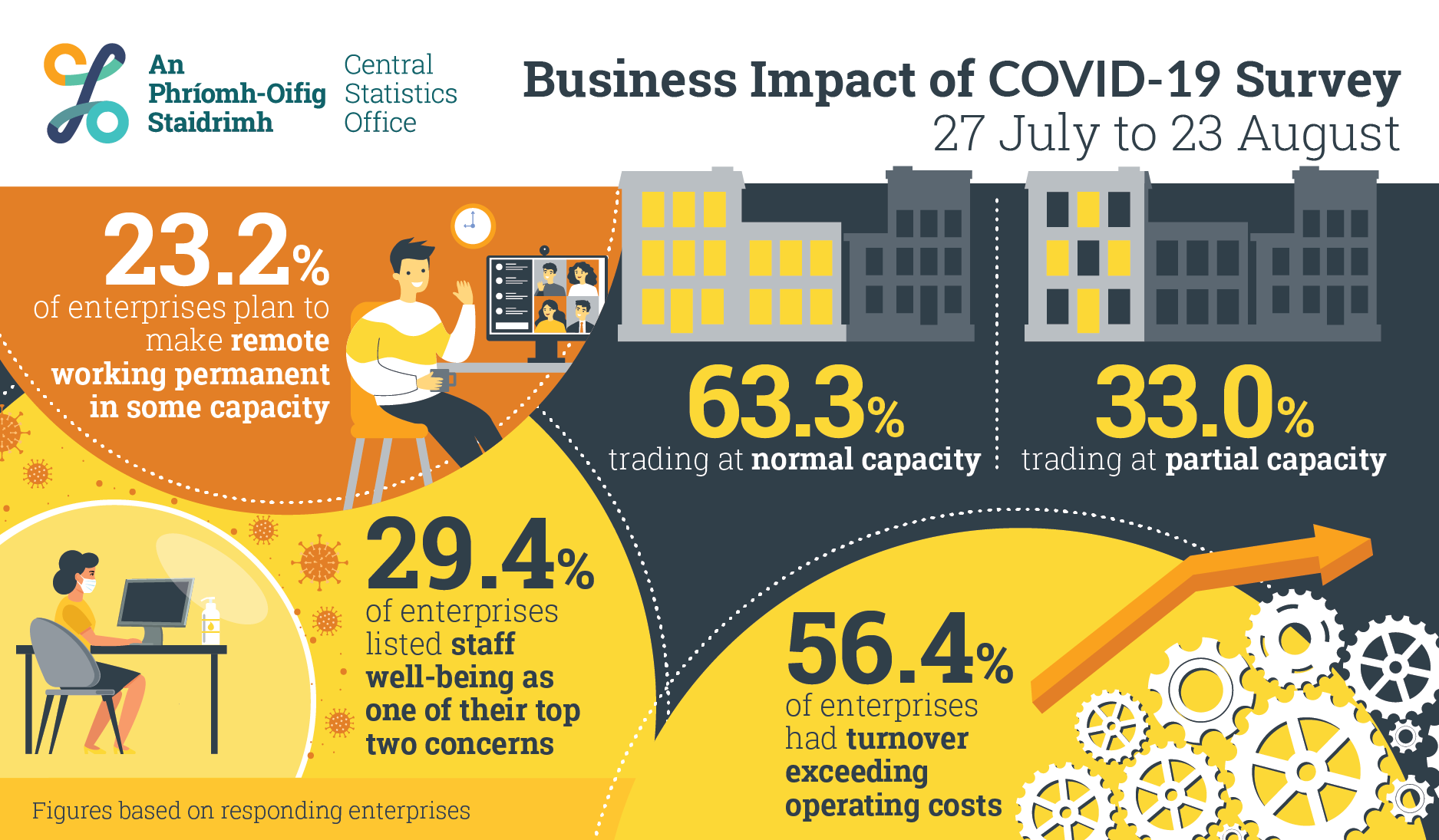
Nobody can deny that the COVID-19 pandemic had a substantial impact on business. Every corporation, regardless of size or industry, took a big hit when people were forced indoors, and workplaces had to close. However, small and medium-sized businesses were some of the hardest hit by the pandemic. The result was a massive decrease in the number of businesses that managed to stay open, and those that did were forced to implement lifelong changes.
Closures and Cutbacks
The first and most immediate consequence of COVID-19 for small businesses was either massive cutbacks or outright closures. For a lot of businesses, their customer base vanished overnight. Those who had brick-and-mortar shops found that nobody would come in, so they had no option but to close down the store temporarily during the lockdown, and it was not possible for many businesses to stay open. Many simply buckled under the strain. There were support measures, but they came too late. Some medium-sized businesses managed to survive the pandemic but had a significantly diminished capacity. They couldn’t afford to pay as many workers as they currently had, so there were cutbacks and redundancies, or they had to downscale their operations just to continue trading.

Online Trading
For many businesses, the only way they could cope with the challenges of the pandemic was to move online. Online sales increased massively during the pandemic because the lockdown kept everyone inside, meaning countless people were sitting at home and had no place to go but had money to spend. They still wanted the goods and products they had been using before the pandemic, so the opportunity to trade online was substantial. Small and medium-sized enterprises put together hastily built websites and started trying to sell their products to their customers from the web. In most cases, it did go quite well. There were lots of services that could be translated into online purchases. Delivery options were available, even if they were socially distanced, and people could purchase goods and products and have them delivered, which meant that businesses had an opportunity to keep trading even when everybody was shut indoors. Naturally, things like this would depend upon the amount of travel people were allowed to do during the lockdown, but it still worked for many businesses, nonetheless.
Digital Permanently?
In keeping with the idea of digital sales dominating the pandemic, many businesses never bothered to transition back to physical shops once the pandemic ended. It was easy for businesses to keep trading online, especially when benefits like no building costs and the opportunity to run more deals and promotions came up. For some, it was a transition that became permanent.
Final Thoughts
So, those businesses that managed to survive COVID-19 found new ways to sell products and keep up with customers' demands. However, it’s impossible to ignore the fact that a considerable number of businesses never traded again once the pandemic hit because they didn’t have the resources to survive the lockdown. These were the unfortunate victims of COVID-19.